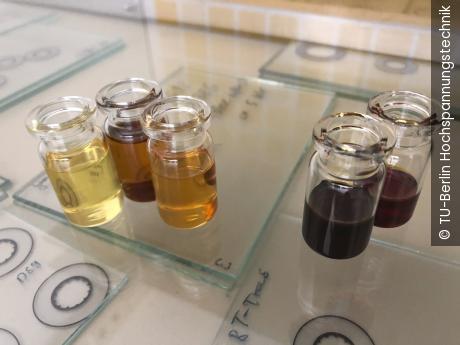
While downtime of any electrical system certainly is undesirable, unpredicted failures can be catastrophic. Therefore, when operating crucial or costly equipment, one would be well advised to have a good idea of the state this asset is in and for how long it still can be kept running safely. In order to make an educated guess in this regard, two main things are required. Firstly, there should be understanding of how the asset ages. Secondly, there is a need for methods to evaluate where an asset stands in its lifecycle.
Aging can be caused by a great number of influences and is highly asset-specific. However the most common effects in high voltage equipment are electrical, thermal, mechanical, corrisive, or any combination of those effects. Clear understanding of how these processes work is not only important for mitigation strategies, but also to model the aging process in order to predict point where safe operation of an asset no longer can be guaranteed.
And albeit precise models are necessary, they are of little value unless one can estimate how much aging and deterioration already has taken its toll on an asset. As direct investigation usually is not feasible, the correct interpretation of dielectric or chemical measurements of an asset or its components can be a key indicator to ensure safe and predictable operation.With the rise of eco-friendly or thermally upgraded dielectric insulation, the urgency to transfer and improve the previous, well-established models, methods and interpretations to new insulating materials is highly given. In recent years, aging characteristics, and degradation processes of alternative materials - either gaseous, liquid, or solid - have been studied to find new analytical tools and markers or establish new threshold values to ensure a safe operation of high voltage equipment.
